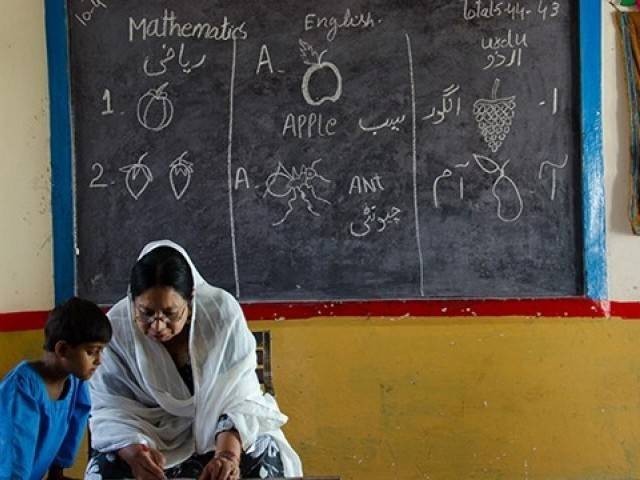|
Getting your Trinity Audio player ready...
|
Follow Whatsapp Channel For More Details
Lahore, Pakistan – 19 September, 2024
Punjab’s Chief Minister, Maryam Nawaz Sharif, has launched the groundbreaking Public Schools Reorganisation Programme (PSRP) to overhaul the province’s education landscape. This ambitious initiative aims to improve the quality of education, enhance management efficiency, and increase employment opportunities.
Read Also: New School Timings in Punjab from October 2024: Latest Updates
Key Highlights:
1. 14,000 schools outsourced: Enhancing management efficiency and quality education through public-private partnerships.
2. Rs. 40 billion savings: Optimizing resources for better education infrastructure and facilities.
3. 70,000 employment opportunities: Empowering educated youth with job prospects in education management.
4. Upgraded curriculum: Fostering critical thinking and skills development through modernized syllabi.
5. Improved safety: Zebra crossings and banned overloaded vehicles near schools ensure student safety.
Programme Objectives:
1. Quality Education: Merit-based outsourcing for improved learning outcomes.
2. Efficient Management: Streamlining processes for better resource allocation.
3. Public-Private Partnerships: Collaborative efforts for education excellence.
CM Maryam Nawaz Sharif’s Vision:
– “Sacred responsibility” to provide best possible education.
– Hands-on approach to ensure quality and accountability.
– Merit-based outsourcing process.
Additional Initiatives:
1. Kindergarten schools: Modeled after Lahore’s successful institutions.
2. Transport facilities: Enhancing access to girls’ education.
3. Sports talent development: Nurturing potential in government schools.
4. Visiting faculty: Enhancing English-speaking skills.
Implementation Strategy:
1. Phase-wise rollout: Initial phase covers 5,800 schools.
2. Monitoring and evaluation: Regular assessments ensure programme effectiveness.
3. Capacity building: Training for educators and administrators.
Challenges and Solutions:
1. Infrastructure: Upgrades and maintenance ensure safe learning environments.
2. Teacher training: Professional development for effective teaching.
3. Resource allocation: Efficient management ensures optimal resource utilization.

